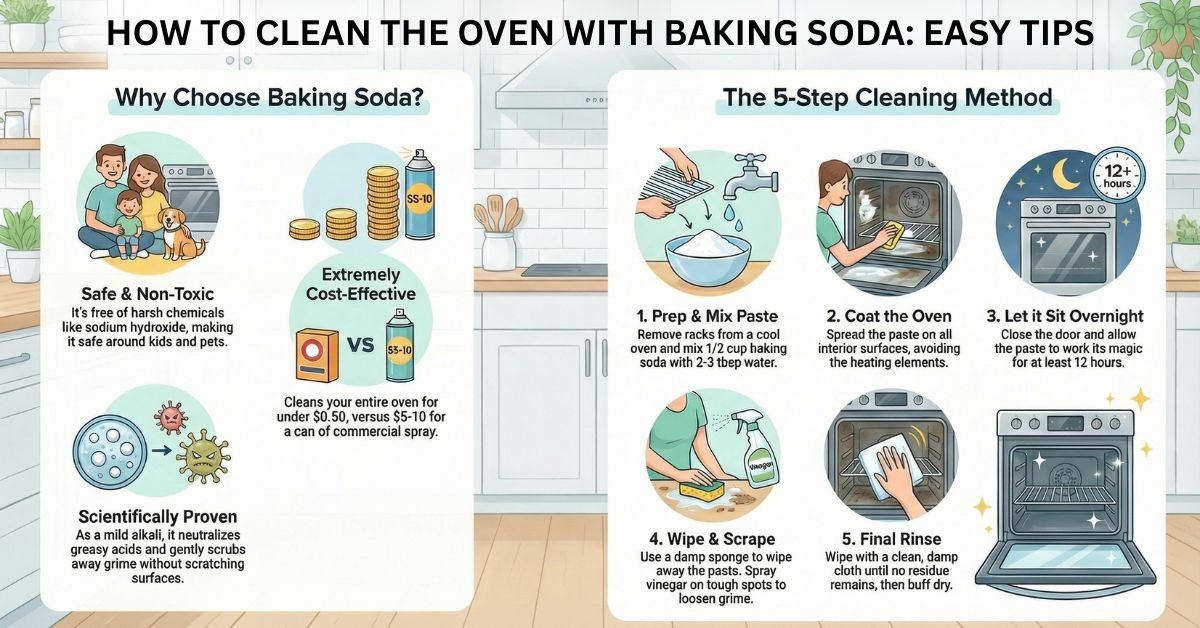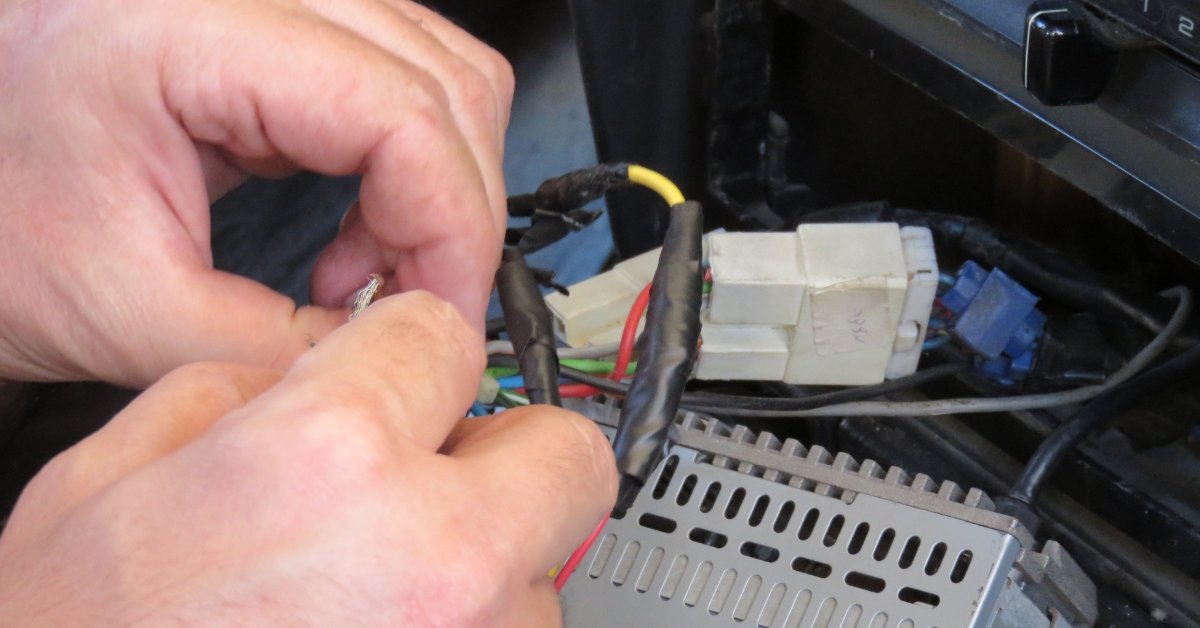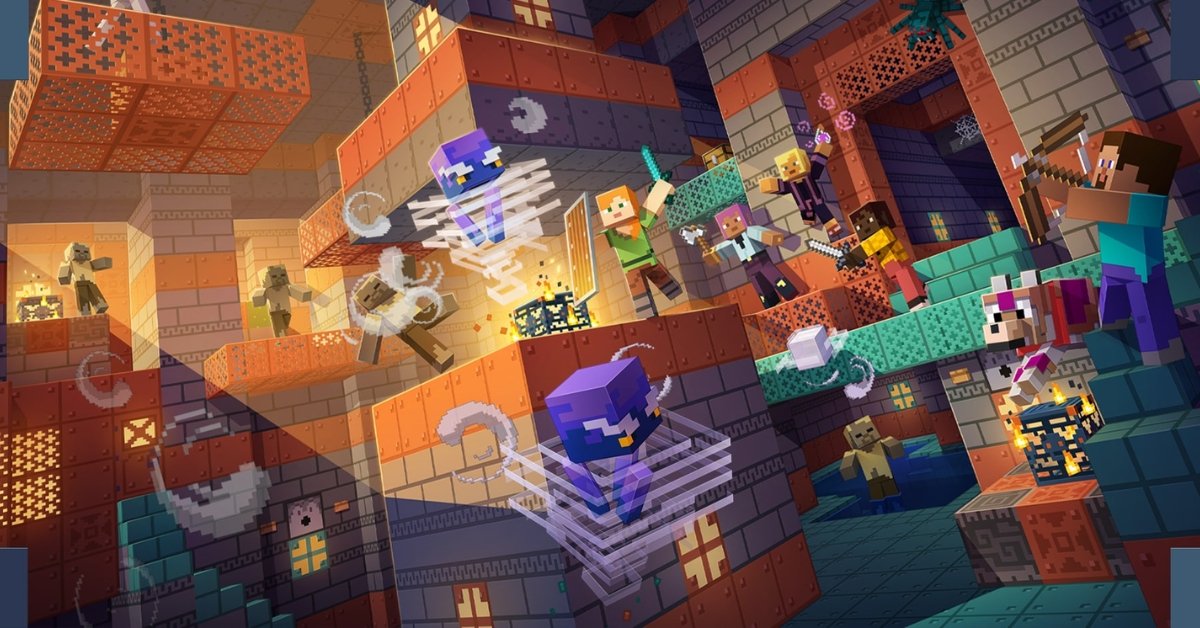Table Of Contents
Abraham Accords

Hey there, folks!
If you have been keeping an eye on global content, especially anything related to the Middle East, you have probably heard the term “Abraham Accords” tossed around.
However, what exactly are they?
Why do they matter?
Moreover, what is the buzz about them?
As someone who has followed international affairs for years, we can tell you these accords are a game-changer in a region that’s seen its share of tensions.
They are all about building bridges where walls once stood, and they are named after Abraham, you know, the biblical figure who is a big deal in Judaism, Christianity, and Islam.
It is a nod to shared roots and a hope for unity.
In this post, we will break it all down for you.
No fancy diplomat-speak here, just straightforward facts, a small quantity of history, and some real-world impacts.
Whether you are a history buff, an information junkie, or just curious about world events, stick around.
We will cover what the accords are, how they came about, who has been involved, the good stuff they have brought, the hurdles they have faced, and even the fresh developments this year.
By the end, you will feel like you have got a solid grip on this topic.
Let us jump in!
What Are The Abraham Accords?
At their core, the Abraham Accords are a series of peace agreements aimed at normalizing relations between Israel and several Arab countries.
Think of them as formal handshakes that say, “Hey, let us be friends – diplomatically, economically, and maybe even culturally.”
Before these deals, Israel had official ties with only a couple of Arab nations, like Egypt and Jordan.
The accords changed that by opening doors to more partnerships, focusing on mutual benefits rather than old conflicts.
The name “Abraham Accords” is not random.
It highlights the common ancestry traced back to Abraham, promoting peace through shared heritage.
These are not just treaties on paper; they have led to real actions like opening embassies, starting direct flights, and boosting trade.
Signed back in 2020, they have been hailed as a breakthrough in Middle East diplomacy, especially since they sidestepped the long-stalled Israeli-Palestinian talks.
Instead, they prioritized practical cooperation on issues like security, tech, and the economy.
Why did this happen when it did?
Well, a big push came from shared worries about regional threats, like Iran’s influence.
Countries realized that teaming up could make everyone stronger.
It is like neighbors deciding to pool resources against a common storm rather than fighting over fences.
The Historical Background
To really get the Abraham Accords, we need to rewind a bit.
The Middle East has a complex history of conflicts, especially the Arab-Israeli one that dates back to Israel’s founding in 1948.
For decades, many Arab states did not recognize Israel, leading to wars, boycotts, and much mistrust.
Peace treaties with Egypt in 1979 and Jordan in 1994 were big steps, but progress stalled after that.
Fast forward to the 2010s.
Behind the scenes, things were shifting.
Israel and some Sunni Arab countries, such as the Gulf states like the UAE, started quietly cooperating.
Why?
Iran was flexing its muscles with its nuclear program and support for groups like Hezbollah.
This created a “the enemy of my enemy is my friend” vibe.
Israeli tech and military know-how became appealing to Arab nations looking to modernize.
By 2018, hints of warming relations popped up.
Israeli Prime Minister Benjamin Netanyahu visited Oman, and Israeli athletes competed in events in Abu Dhabi.
The U.S., under President Donald Trump, played matchmaker.
Trump’s team, including his son-in-law Jared Kushner, pushed for a new approach.
They unveiled a Middle East peace plan in January 2020 that included ideas for Israel to annex parts of the West Bank, but that got paused as part of the deal-making.
Negotiations heated up in mid-2020.
The UAE warned Israel against annexation, and in exchange for holding off, a normalization agreement was born.
It was a pragmatic move: Israel got recognition, the UAE got advanced U.S. weapons like F-35 jets, and everyone scored points on security.
The Signing And Key Moments
The big reveal came on August 13, 2020, when Israel and the UAE announced their deal.
Bahrain jumped in shortly after on September 11.
The official signing happened on September 15, 2020, at the White House – a splashy event with Trump hosting Netanyahu, the UAE’s Foreign Minister Abdullah bin Zayed Al Nahyan, and Bahrain’s Foreign Minister Abdullatif bin Rashid Al Zayani.
However, it did not stop there.
Sudan agreed to normalize ties in October 2020, and Morocco followed in December.
These were brokered with incentives: Sudan got off the U.S. terrorism list and some financial aid, while Morocco received U.S. recognition of its claim over Western Sahara.
Here is a quick timeline to make it easier to follow:
| Date | Event |
|---|---|
| August 13, 2020 | Israel-UAE agreement announced; annexation plans suspended. |
| September 11, 2020 | Bahrain joins the accords. |
| September 15, 2020 | Official signing in Washington, D.C. |
| October 23, 2020 | Sudan agrees to normalize relations. |
| December 10, 2020 | Morocco establishes full diplomatic ties with Israel. |
| November 6, 2025 | Kazakhstan becomes the latest to join. |
This timeline shows how quickly things moved initially, then slowed as real-world challenges kicked in.
Countries Involved
So, who is in the club?
The core group includes Israel as the central player, with the UAE and Bahrain as the first Arab signatories.
Sudan and Morocco came next, though Sudan’s deal is still pending full ratification due to internal issues like its civil war.
In a surprising twist for 2025, Kazakhstan joined on November 6.
That is right – a Central Asian nation stepping into Middle East diplomacy.
Kazakhstan already had ties with Israel since 1992, but this formalizes more collaboration on trade and tech.
There are whispers of expansions to others, like Saudi Arabia, but nothing concrete yet.
For a clear overview, check this table of key participants and their roles:
| Country | Role | Benefits |
|---|---|---|
| Israel | Central signatory | Gained recognition, boosted trade and security ties. |
| UAE | First Arab partner | Access to Israeli tech, direct flights, and a tourism boom. |
| Bahrain | Early joiner | Enhanced economic cooperation, joint ventures. |
| Morocco | Later addition | U.S. support for Western Sahara and cultural exchanges. |
| Sudan | Partial participant | Aid and delisting from terrorism sponsors. |
| Kazakhstan | 2025 newcomer | Symbolic boost for trade and regional influence. |
These countries represent a mix of Gulf states, North Africa, and now beyond, showing the accords’ growing reach.
Key Provisions And Agreements
The accords are not one big document – they are a collection of treaties and declarations.
The main one is the Abraham Accords Declaration, signed by the U.S., Israel, UAE, and Bahrain, pledging peace and cooperation.
Specific deals include:
- Full normalization: Opening embassies, ambassador exchanges.
- Economic pacts: Trade agreements, investment in tech, and energy.
- Security cooperation: Sharing intel on threats like terrorism.
- Cultural ties: Tourism, education exchanges, and even joint space projects.
No mention of the Palestinian issue in the core texts, which was controversial.
The focus was on bilateral wins, like the UAE getting advanced arms sales approved by the U.S.
Impacts And Benefits
Five years in, the impacts are tangible.
Trade between Israel and the UAE skyrocketed from almost nothing to over $2 billion annually by 2023, and it is still climbing.
Think Israeli startups setting up in Dubai, or Emirati tourists flocking to Tel Aviv.
Tourism alone saw thousands of flights and visitors crossing borders for the first time.
On the security front, there have been joint military exercises and intelligence sharing, strengthening defenses against Iran.
Tech collaborations in AI, cybersecurity, and renewable energy have flourished, for example, a solar power deal involving Israel, the UAE, and Jordan.
Diplomatically, it has shifted alliances.
Arab states are less tied to the Palestinian cause in their foreign policy, allowing more flexibility.
For everyday people, it has meant new opportunities: students studying abroad, businesses partnering up, and even cultural festivals blending traditions.
However, it is not all rosy.
The Gaza war from 2023 to 2025 tested these ties.
Bahrain recalled its ambassador temporarily, and public protests in some countries showed unease.
Still, the accords held up, proving their resilience.
Challenges And Criticisms
No major deal is without bumps.
Critics argue the accords ignore the Palestinian conflict, essentially sidelining it.
Palestinians felt betrayed, seeing it as Arab states prioritizing their own interests over solidarity.
Public opinion in Arab nations is mixed; polls show that many view the deals negatively, especially after escalations in Gaza.
Environmental concerns popped up, too, like a secret oil pipeline deal between the UAE and Israel that risked Red Sea coral reefs.
The 2023 Hamas attack and ensuing war strained relations.
Some events, like Israeli companies skipping the 2025 Dubai Airshow, highlight ongoing sensitivities.
Plus, internal politics: Sudan’s civil war has stalled its full involvement.
Despite this, supporters say the accords promote stability.
They are a step toward a “warm peace,” not just cold treaties.
Recent Developments In 2025
As we hit the five-year mark in September 2025, reflections are everywhere.
Reports from think tanks like the Heritage Foundation praise the economic growth, with defense exports from Israel to these countries hitting hundreds of millions.
Under the second Trump administration (yeah, he is back), there is talk of expanding to Syria, Lebanon, and Saudi Arabia.
Syria flat-out said no in July, but Saudi talks linger, tied to U.S. security guarantees.
Kazakhstan’s joining is the big news – announced at the White House, it is more about trade than politics, but it broadens the accords’ scope.
There is even wild chatter about including Iran in a broader peace push, linked to a new Gaza plan Trump floated in September.
Post-Gaza war, engagement has dipped, but core ties remain strong.
It is a reminder that diplomacy evolves with events.
An Interesting Fact
Did you know a judo tournament partly inspired the Abraham Accords? In 2018, an Israeli athlete won gold in Abu Dhabi, and the UAE played Israel’s national anthem for the first time. That small gesture sparked bigger conversations, leading to the deals. Talk about sports diplomacy!
Wrapping It Up
There you have it, a deep dive into the Abraham Accords, from their hopeful beginnings to the real-world twists of 2025.
These deals show that even in a tricky region like the Middle East, practical partnerships can thrive.
They have brought economic wins, security boosts, and a fresh outlook on old rivalries, even if challenges persist.
If this sparked your interest, why not check out more articles from THOUSIF Inc. – WORLDWIDE?
We have got plenty on global topics, written just like this – clear, engaging, and human.
Drop a comment below if you have questions, and thanks for reading! Stay curious, friends.






